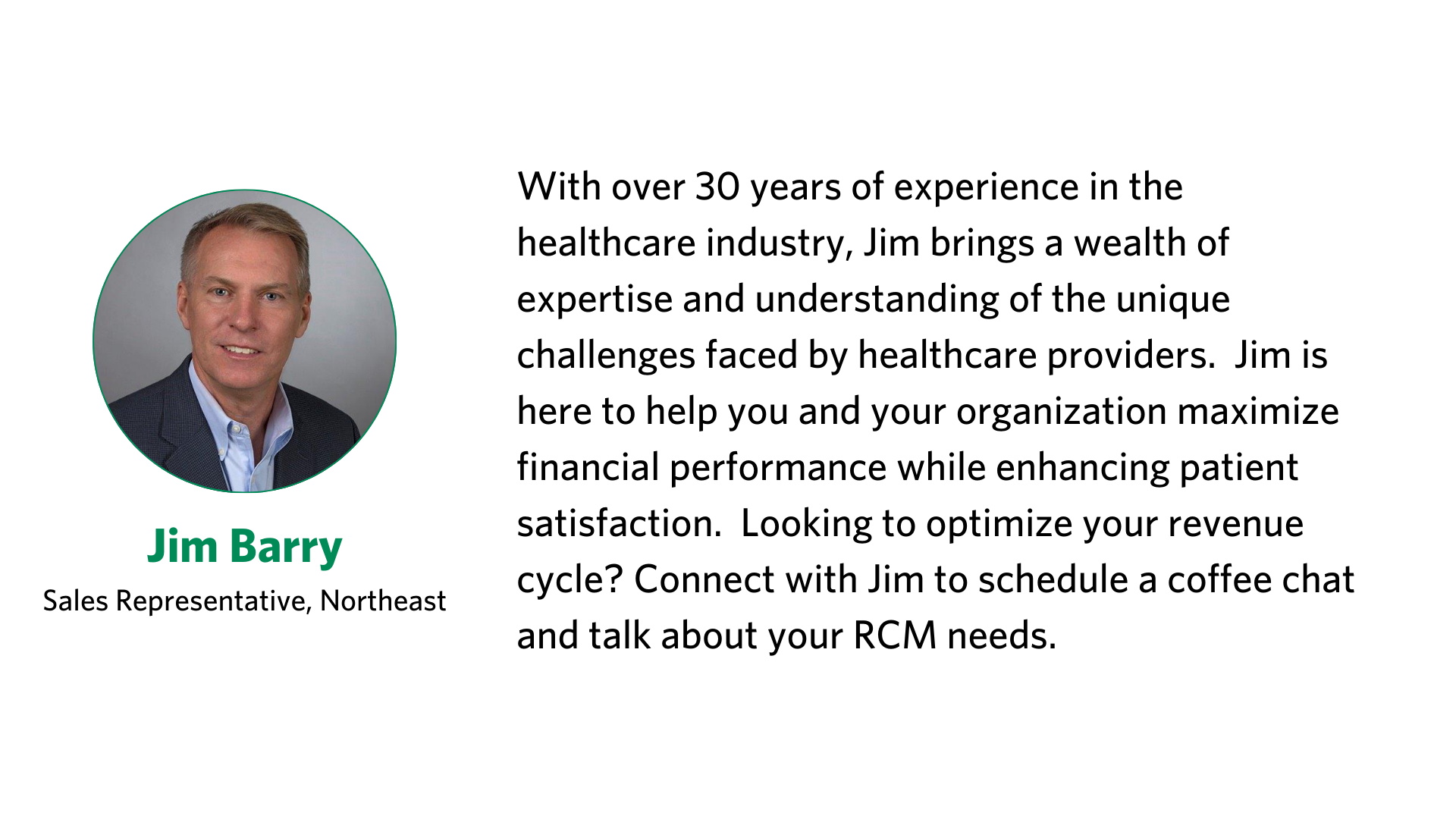How To Identify and Address Weak Points in Your Revenue Cycle

There’s much more to revenue cycle management (RCM) than simply sending invoices and submitting claims. Accounts receivable is more generally the product of good RCM. To guarantee money comes through the door consistently, revenue cycle managers must establish and maintain strong cash flow frameworks. It starts by identifying the parts of the revenue cycle and understanding how weak points can create downstream disruptions.
Revenue cycle components
The revenue cycle encompasses all administrative and clinical functions that ensure payment for delivered services. While every step has significance, it’s often smart to begin with a macro approach of the cycle’s three core phases:
- Front end: This initial stage focuses on patient interactions. It includes scheduling appointments, verifying insurance eligibility and benefits, collecting patient demographics and insurance information, and collecting copays or deductibles upfront.
- Midcycle: Once the service is rendered, the midcycle takes over. Coders translate medical procedures into standardized codes for billing purposes, and charges are captured for the services provided. This phase also involves claim scrubbing for accuracy before submission to insurance companies.
- Back end: The back end handles claim submission, payment posting, and any follow-up for denied or underpaid claims. This stage also includes patient billing and collections for outstanding balances.
Each step hinges on the accuracy and efficiency of the one before it, making understanding these components crucial for finding weaknesses in the overall cycle.

Identifying RCM weak points
Consistent monitoring of each phase is key to pinpointing the weak points in your revenue cycle. Simple tools like business intelligence dashboards and reports can help you track key performance indicators (KPIs). Red flags to watch for include:
- High denial rates: A consistent spike in denied claims indicates issues with coding, documentation, or eligibility verification in the front end or midcycle.
- Delayed payments: Slow turnaround times for reimbursements from payers can denote inefficiencies in claim submission or follow-up procedures in the back end.
- Collection rates: A growing pool of outstanding patient balances suggests potential problems with billing accuracy, collection strategies, or patient communication.
Regular audits of the revenue cycle — both internal and external — can provide a deeper dive into specific areas and uncover hidden bottlenecks affecting cash flow.
Addressing RCM weak points
Improving RCM isn’t as simple as making a one-time minor adjustment. Addressing weak points in the revenue cycle requires a multipronged approach. Typically, this means addressing the people, process, or practice:
- Staff training: Empower your team with ongoing training on medical coding, billing regulations, and best practices in communicating with patients and payers.
- Process improvement: Streamline workflows and eliminate redundancies within each stage by standardizing procedures and enhancing data capture.
- Technology adoption: Consider implementing RCM software to automate tasks, improve claim-scrubbing accuracy, and enable faster claim submissions.
If this job is too complex, external resources can be valuable. Consulting firms like TruBridge offer expert analysis and tailored solutions to optimize your revenue cycle.
Contact our experts about plugging the gaps in your revenue cycle
